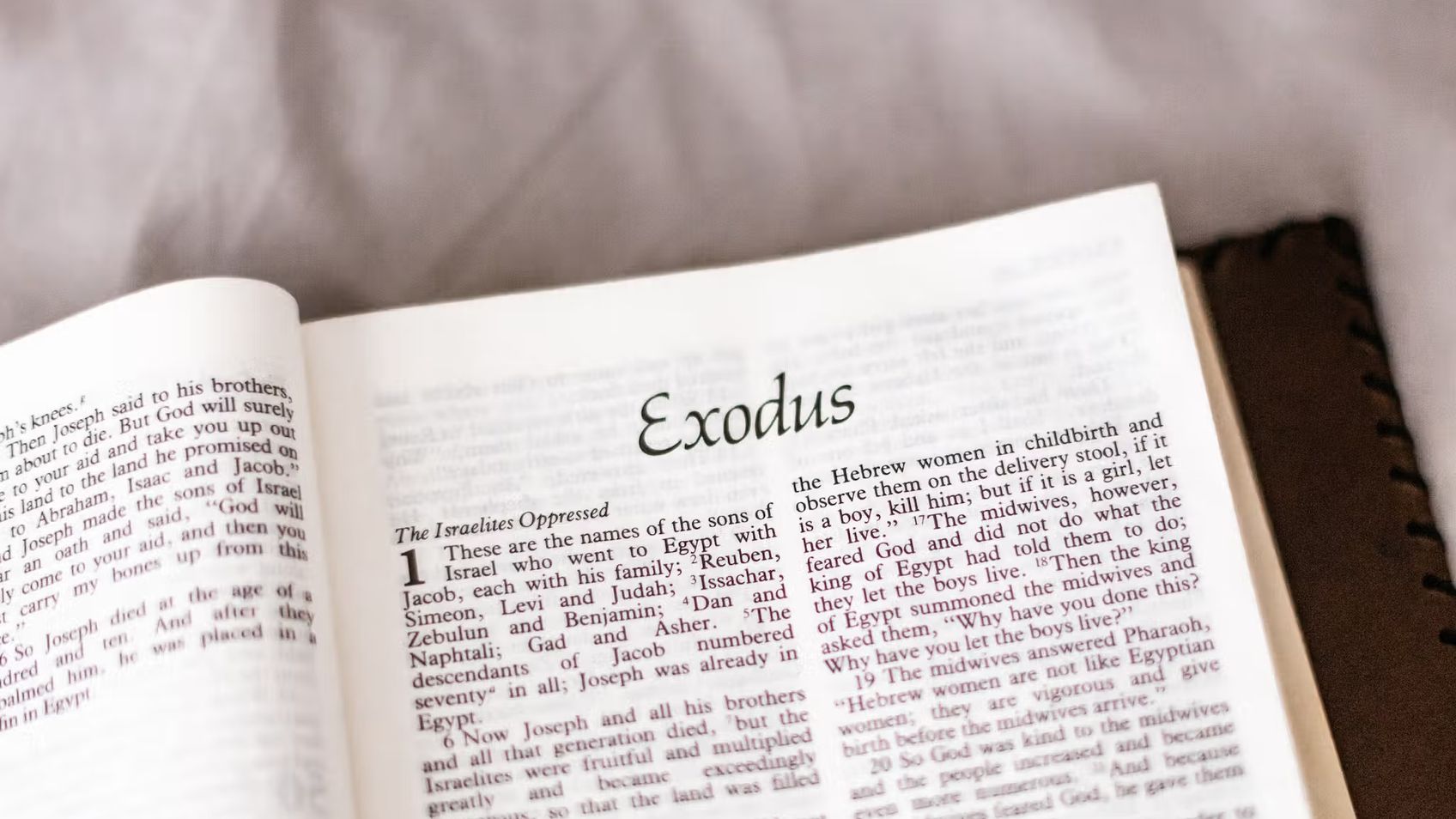Exodus Priests

ExodusSteve Gregg
In the book of Exodus, the consecration of the priesthood and the elaborate garments they wore are detailed. Aaron and his sons were designated as the first priests and over time, the priesthood became more complex, with thousands of Aaron's descendants and 24 subgroups providing service at the temple. The priesthood and its garments serve as a foreshadowing of Christ as the high priest and the church as a holy priesthood. The symbolism of the offerings made in the tabernacle, the anointing oil, and the transferring of guilt during sacrifice all represent atonement and anointment and sanctifying the tabernacle for God's glory to dwell in it.
More from Exodus
24 of 25
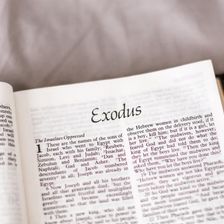
Exodus Offerings
Exodus
In Exodus, the people of Israel showed eagerness to contribute to the building of the tabernacle, giving both free will and mandatory offerings to sup
Series by Steve Gregg
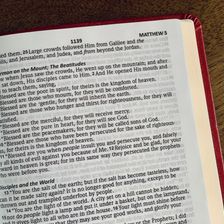
The Beatitudes
Steve Gregg teaches through the Beatitudes in Jesus' Sermon on the Mount.
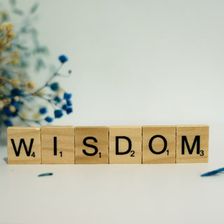
Wisdom Literature
In this four-part series, Steve Gregg explores the wisdom literature of the Bible, emphasizing the importance of godly behavior and understanding the
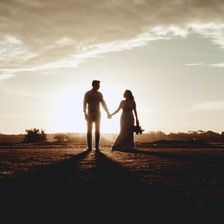
What You Absolutely Need To Know Before You Get Married
Steve Gregg's lecture series on marriage emphasizes the gravity of the covenant between two individuals and the importance of understanding God's defi
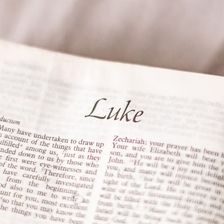
Gospel of Luke
In this 32-part series, Steve Gregg provides in-depth commentary and historical context on each chapter of the Gospel of Luke, shedding new light on i
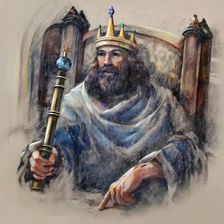
Kingdom of God
An 8-part series by Steve Gregg that explores the concept of the Kingdom of God and its various aspects, including grace, priesthood, present and futu

How Can I Know That I Am Really Saved?
In this four-part series, Steve Gregg explores the concept of salvation using 1 John as a template and emphasizes the importance of love, faith, godli

Original Sin & Depravity
In this two-part series by Steve Gregg, he explores the theological concepts of Original Sin and Human Depravity, delving into different perspectives
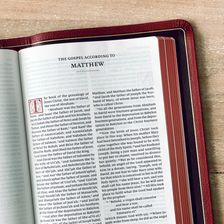
Gospel of Matthew
Spanning 72 hours of teaching, Steve Gregg's verse by verse teaching through the Gospel of Matthew provides a thorough examination of Jesus' life and
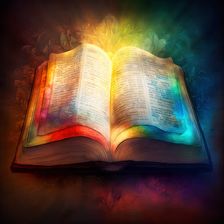
Authority of Scriptures
Steve Gregg teaches on the authority of the Scriptures.
The Narrow Path is the radio and internet ministry of Steve Gregg, a servant Bible teacher to
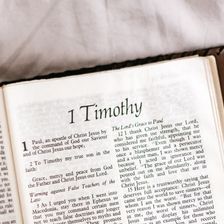
1 Timothy
In this 8-part series, Steve Gregg provides in-depth teachings, insights, and practical advice on the book of 1 Timothy, covering topics such as the r
More on OpenTheo
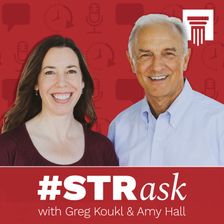
What Are Some Good Ways to Start a Conversation About God with Family Members?
#STRask
October 30, 2025
Questions about how to start a conversation about God with non-Christian family members, how to keep from becoming emotional when discussing faith iss

How Can I Explain Modesty to My Daughter?
#STRask
November 27, 2025
Questions about how to explain modesty to a nine-year-old in a way that won’t cause shame about her body, and when and how to tell a child about a pre
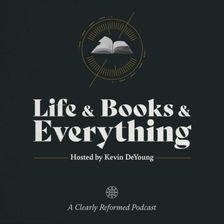
Protestants and Catholics: What’s the Difference? With Chad Van Dixhoorn, Blair Smith, and Mark McDowell
Life and Books and Everything
November 26, 2025
How should Protestants think about the Catholic Mass? About the Eucharist? About the history and development of the papacy? In this panel discussion,

If We Don’t Need to Learn to Hear God’s Voice, How Do You Explain These Verses?
#STRask
September 11, 2025
Questions about why, if we don’t need to learn to hear God’s voice, there’s a command to earnestly desire the gift of prophecy, why we would need to l
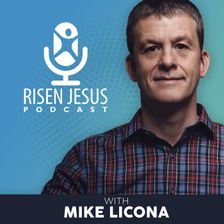
The Resurrection Standoff: Licona vs. Ehrman on the Unbelievable Podcast
Risen Jesus
October 22, 2025
This episode is taken from the Unbelievable podcast with Justin Brierly in 2011 when Dr. Bart Ehrman and Dr. Michael Licona address the question: Is t

The Historical Reliability of the Gospels: Licona vs. Ehrman - Part 2
Risen Jesus
September 10, 2025
In this episode, frequent debate opponents Dr. Michael Licona and Dr. Bart Ehrman face off on the historical reliability of the gospels. Held in 2018

When I Can’t Stop Thinking About Something, Is That God Speaking?
#STRask
December 1, 2025
Questions about whether having a recurring thought is an indication God is speaking to you, what to say to someone who says they sinned because “God t

The Boys Are Back in Town with Justin Taylor and Collin Hansen
Life and Books and Everything
September 1, 2025
It’s been a long time since the last LBE episode—too long some (i.e., our mothers) might say. But after a summer hiatus, the three amigos are back in

After the Crucifixion, was Jesus Resurrected or Rescued? Licona vs. Ally
Risen Jesus
October 8, 2025
This episode is a 2016 debate held at the University of Tennessee – Chattanooga between Dr. Michael Licona and Dr. Shabir Ally, president of the Islam

How Could the Similarities Between Krishna and Jesus Be a Coincidence?
#STRask
October 9, 2025
Questions about how the similarities between Krishna and Jesus could be a coincidence and whether there’s any proof to substantiate the idea that Jesu

Is 1 Corinthians 12:3 a Black-and-White Tool for Discernment?
#STRask
October 27, 2025
Questions about whether the claim in 1 Corinthians that “no one can say ‘Jesus is Lord’ except in the Holy Spirit” is a black-and-white tool for disce

How Can I Improve My Informal Writing?
#STRask
October 6, 2025
Question about how you can improve your informal writing (e.g., blog posts) when you don’t have access to an editor.
* Do you have any thoughts or

Since Most People Are Wrong When They Make Supernatural Claims, Why Didn't God Do Better?
Risen Jesus
September 17, 2025
Dr. Matthew McCormick, a philosophy professor at California State University, Sacramento, doesn’t believe that there is satisfactory historical eviden

“Christians Care More About Ideology than People”
#STRask
October 13, 2025
Questions about how to respond to the critique that Christians care more about ideology than people, and whether we have freedom in America because Ch

John Thomson and the Shaping of American Presbyterianism with Stephen A. Fix
Life and Books and Everything
September 29, 2025
If you are looking for a deep dive into the history of early American Presbyterianism, you have come to the right place! Listen in as Kevin talks with
